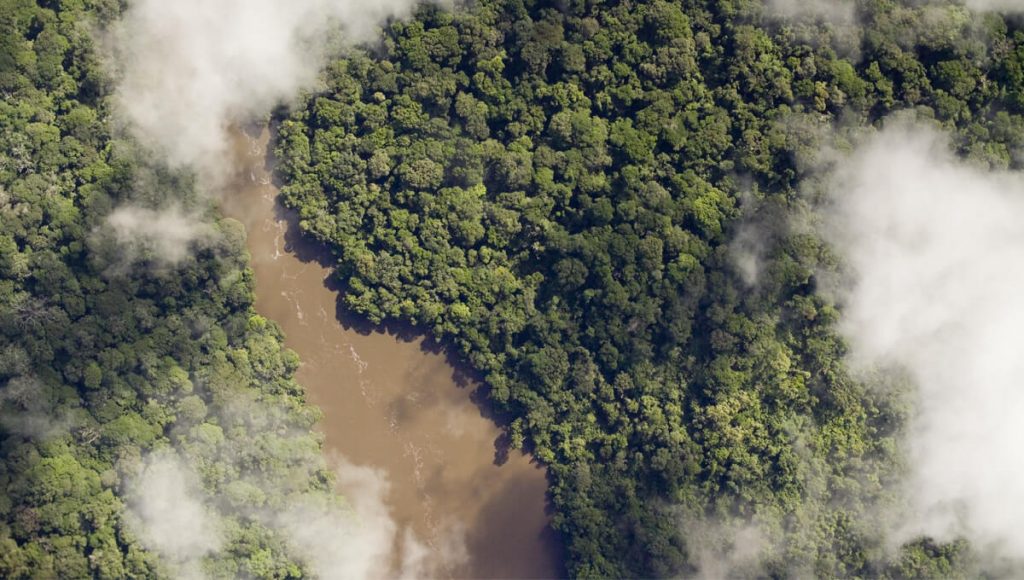
3D technology enables optimal planning and management of the engineering, supply, and on-site works activities related to turnkey refurbishment projects. The Mwadingusha power plant in DRC is an example of this.
The Mwadingusha hydroelectric power plant, located in the Democratic Republic of the Congo’s Haut-Katanga Province and built in the early 1930s on the Lufira River, currently requires a full refurbishment.
“We’re keeping the concrete structures like the dam and the building that houses the engine room, and together with our partners we’re upgrading or replacing almost all of the electrical and mechanical balance of plant, i.e. the turbines, alternators, transformers, switchboards, pumps, and the piping and wiring systems,” explains Sylvain Marival, Omexom Hydro business unit manager (VINCI Energies).
The layout of the various systems cannot be left to chance in this plant, which generates energy for the mining industries of Katanga Province, and whose engine room is an approximately 100 m-long multi-storey building.
An asset for the future
“3D engineering enables us to accurately model the configuration and various systems of the plant, it means we can perform all of our engineering activities without needing to be on site and in cases where the initial drawings are no longer available,” adds Sylvain Marival. “At the start of the project, a technical team undertakes laser scans of the premises. The point cloud data obtained is processed then converted to a format that can be used by our 3D CAD software. This then allows us to optimise the layout of our systems, to accurately define the equipment we will buy, and to effectively plan equipment installation during the works phase.”
3D engineering is also an asset for future decades: “Once the new installation has been fully commissioned, we can very easily provide the client with all of the 3D drawings of the installation, enabling them to optimise operation of the plant over the next 20 to 30 years,” concludes Sylvain Marival.
Gone are the days when 2D drawings were produced using a conventional survey, and it was unfortunately relatively common to discover on site that systems could not be installed as planned, thus leading to cost overruns and major delays.
16/02/2017


